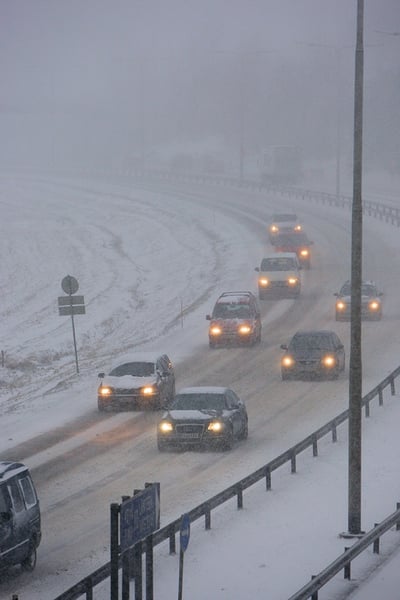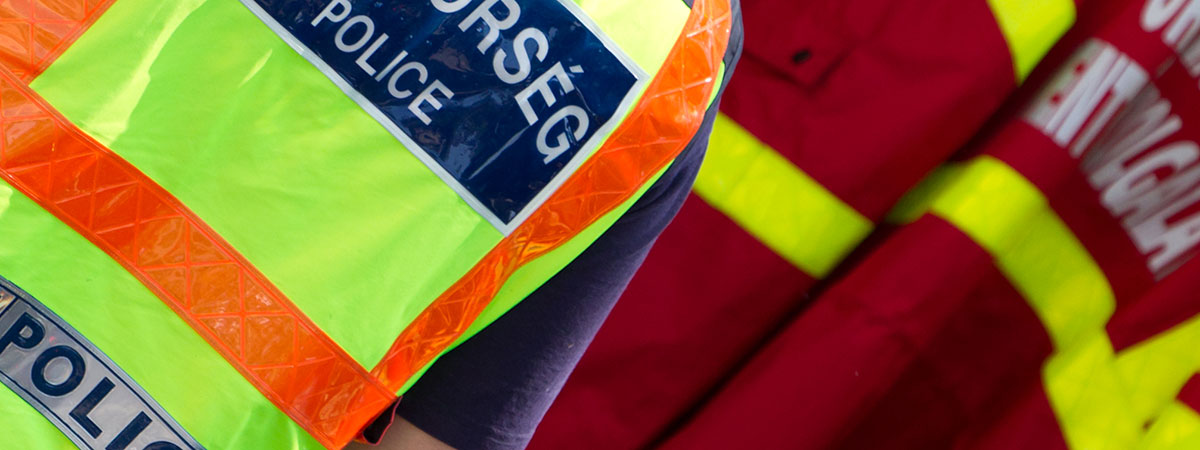Keeping in touch in heavy weather
Storms and extreme weather conditions are a challenge for public safety. Think back on the following:
- A major front sweeps across Belgium, shattering electricity pylons and mobile phone network antenna towers.
- Finland suffers two major storms in the same month in 2010, leaving more than 10,000 households without electricity for several days.
- Hungary witnesses a month's rainfall in just 24 hours.
- Two people are killed when a storm hits Budapest.
- A deadly storm heads towards Sweden in 2014. The storm Simone has already claimed at least 12 lives as its 150 kilometre an hour winds have wreaked havoc across the UK, France, the Netherlands and Germany. When Simone hits, almost 80,000 homes have their power knocked out. The strong winds litter the roads with fallen trees and power lines, and overturn heavy trucks.
Since 2010, Europe alone has seen several rough years for the weather. Storms have raged across the continent, causing disruptions in country after country.

Related content
What are shock-proof networks? Download the Shock-proof networks white paper. It describes the challenges related to exceptional situations and actual solutions that have helped emergency services cope with extreme situations.
So how do the authority networks cope in the aftermath of severe storms, with power disruptions and extreme rain threatening to interrupt transmissions?
Resilient design
Resilient network design can mitigate transmission problems. The right design ensures that there's always an alternative route from each base station to the network switch.
Connecting the base stations in one or more loops of microwave links or leased lines, for instance, means that every base station has at least two transmission routes. If one link fails, the transmission is automatically rerouted.
But a violent storm can bring down more than one connection at a time, cutting off base stations from the network switch. In this case, resilient radio networks' base stations will continue to operate in fallback mode.
How does it work?
Fallback mode keeps users communicating - even when a storm cuts off their base station, and they're out of range from the rest of the network. Here's how it works on Airbus TETRA networks:
- If a base station loses its connection, it automatically sends its users a short data message (SDS message) about fallback mode.
- Users have a fallback talk group pre-defined in their radios. Users operating in the affected area select this group to communicate with everyone else in the fallback area.
- Users can also use regular talk groups or individual calls to reach others in the same area.
These measures - combined with extremely robust equipment - keep shock-proof networks in action when other networks may fail. That means that people who will manage the disruptions when the storm has passed can get on with their jobs whatever the weather.
This article was originally published in Key Touch magazine.
Segment
Region
Europe
Country
Share this story



